Last Updated on November 26, 2024 by Team Ideas24
Being able to show movement is the key to bringing an illustration to life. Movement and motion are what help you imagine what you are reading. Without these little details, drawings may be hard to interpret.
You don’t need to enter an art class to learn creating movement in your drawings. The first thing you need to practice for moving objects is capturing the movement. You can do this by watching videos of dance performances, for example, and replicating them on paper.
This should familiarize you with form, movement, and anatomy. You can even try to act out a certain action and pause in front of a mirror to know how your movement drawing should look.
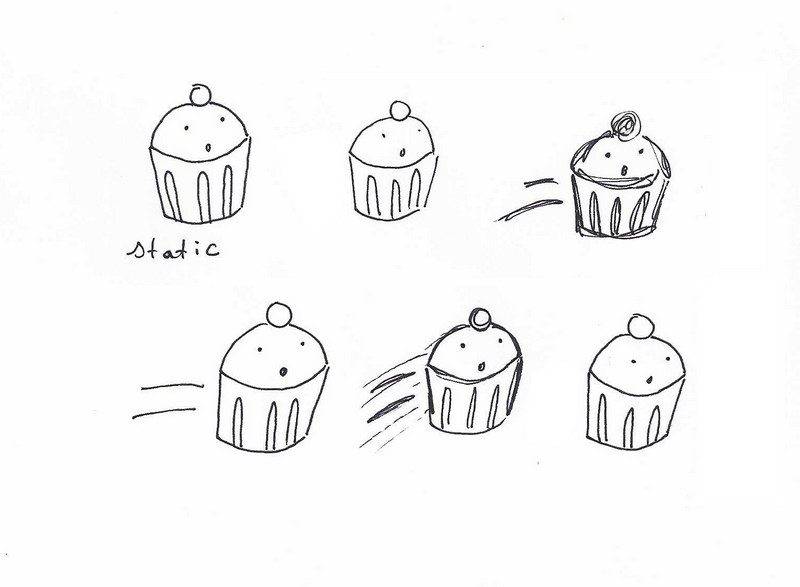
Once you’ve got a grip on drafting certain movements, the first detail you can improve is the lines.
Contents [show]
How to Create Movement in Your Drawings Like a Pro
1. You have to experiment with the various line qualities (light or heavy/thick or thin) to know what works best for your drawing. For example, you could use thick, sketchy lines to show a nervous person or someone chilling during the winter.
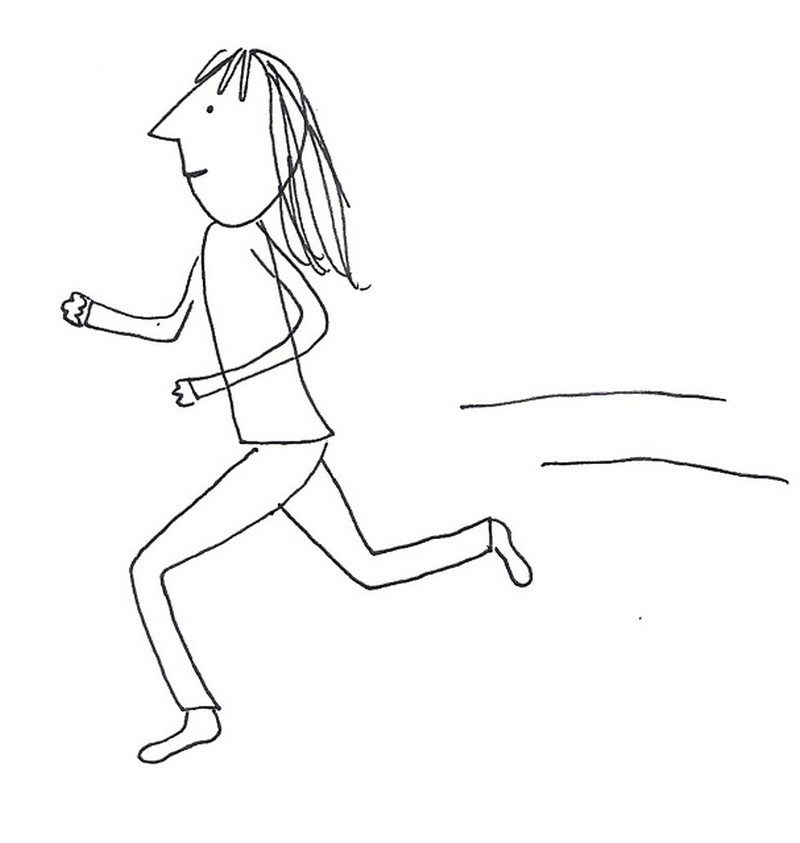
Next, add lines to imply motion. A racing car, a person jogging, or a space shuttle taking off are some examples that need these lines that suggest wind caused by the movement.
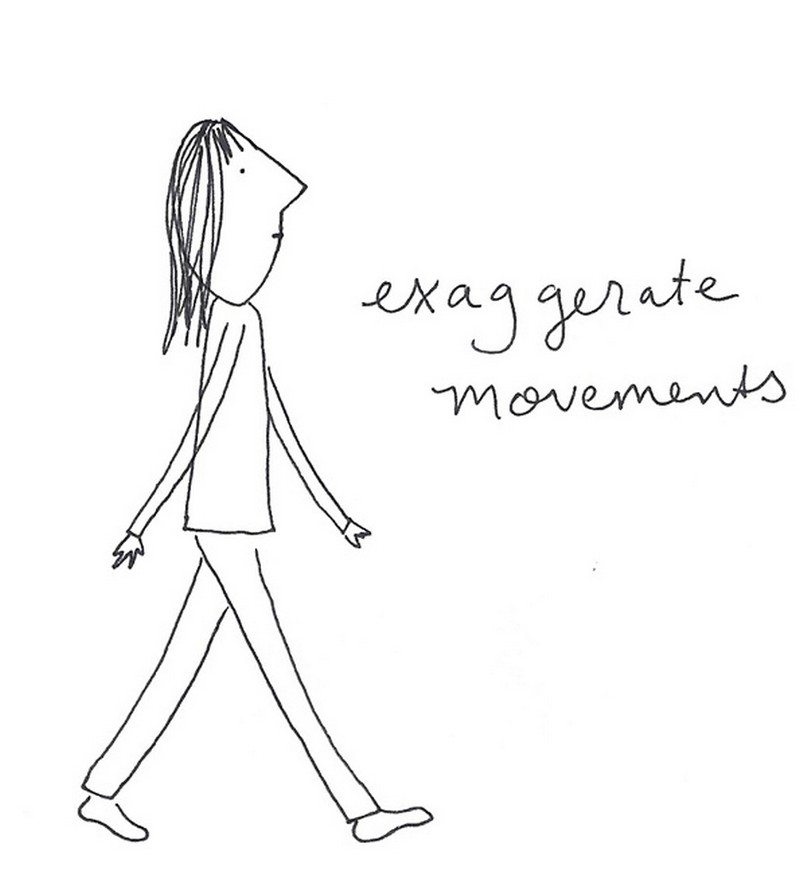
2. For other movements, exaggeration is the key. For instance, people, in reality, do not make big swinging arm movements while waking, as shown in the drawing below. However, getting certain messages across through illustrations can only be achieved by exaggerating the forms.
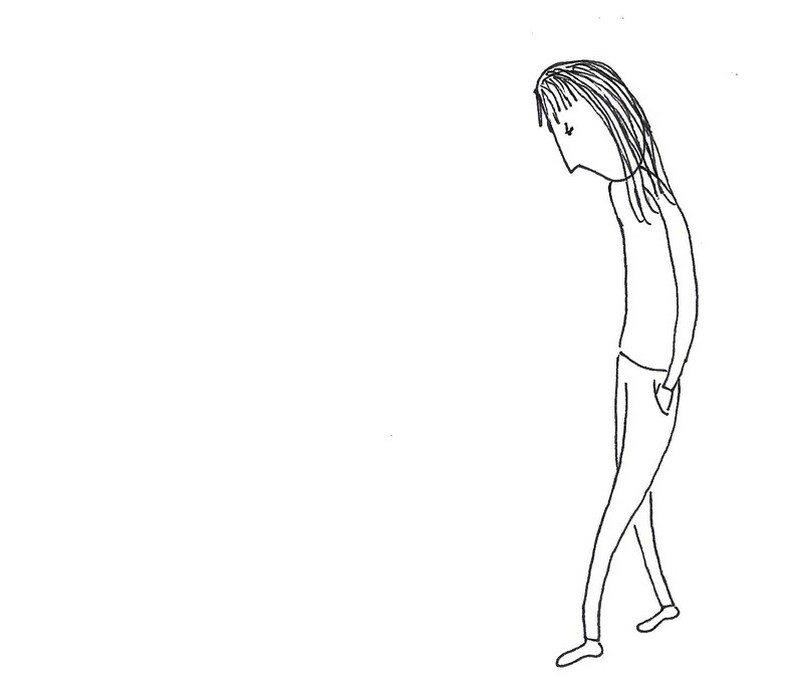
3. Facial expressions contribute to illustrating motions as well. In the drawing below, you know that the girl is walking slowly because of the body form/pose accompanied by the sad, heavy eyes. Emotions should also match.
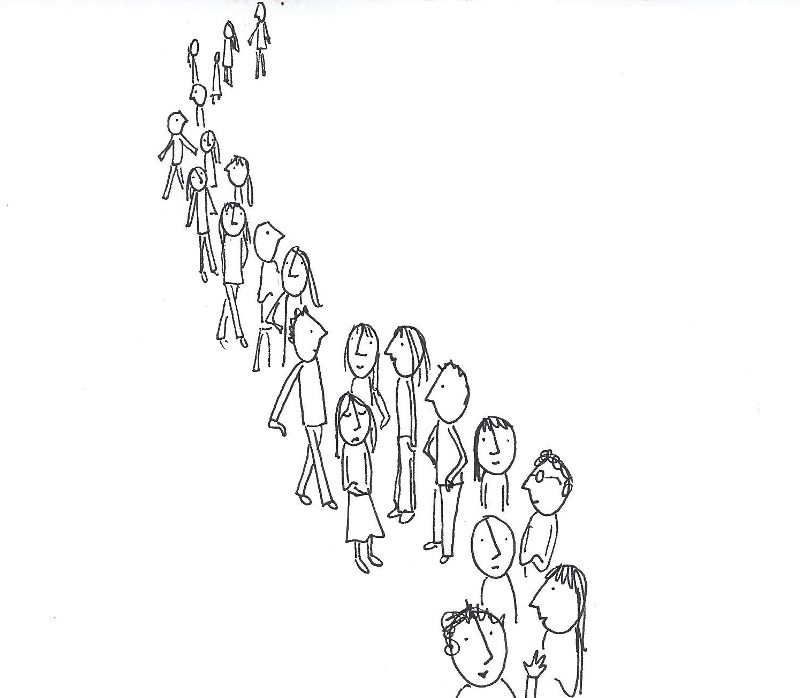
4. You can also suggest movement using your composition as a whole, especially when the individual pieces in your artwork are not showing much action. You can give a sense of motion by using curves. Drawing a composition consisting of close-up pieces while others seem far away also adds to this sense of motion.
Thank you to Craftsy for sharing tips and strategies on how to create movement in drawings.
Making Movement in Your Drawings – 10 Creative Ideas
Creating movement in your drawings adds dynamism, vitality, and a sense of flow to artwork, captivating viewers and bringing illustrations to life. Here’s an exploration of various techniques and approaches to infuse movement in your drawings:
1. Gesture Drawing
Gesture drawing is a foundational technique for capturing the essence of movement and energy in a subject. By quickly sketching the basic forms and fluid lines of a figure or object, artists convey its motion and rhythm.
Gesture drawings are spontaneous and expressive, emphasizing the flow of action rather than precise details.
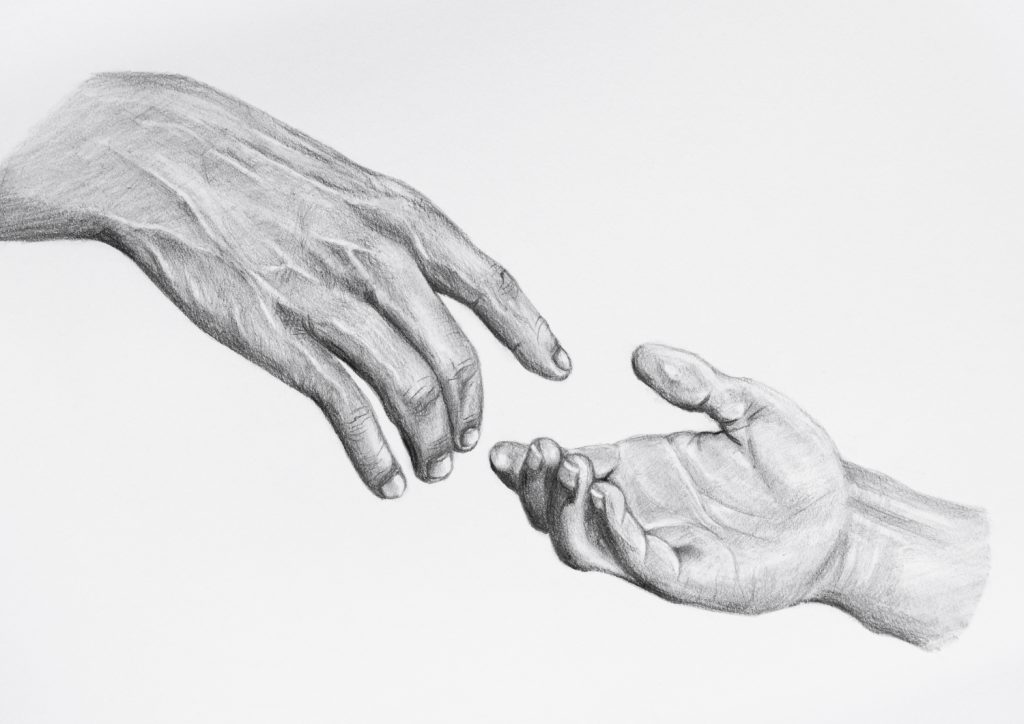
2. Dynamic Poses
Choose poses for figures or characters that convey motion and vitality. Experiment with exaggerated or unconventional poses that suggest movement and energy, such as mid-stride, leaping, or twisting motions.
Pay attention to the direction of lines and curves in the body to enhance the sense of momentum and action.
3. Foreshortening
Foreshortening is a powerful technique for creating the illusion of depth and perspective in drawings. By depicting objects or figures as they appear from a skewed or angled viewpoint, artists can convey a sense of dynamic movement. Experiment with foreshortening to add drama and intensity to your compositions.
4. Dynamic Composition
Arrange elements within the composition to guide the viewer’s eye and create a sense of movement in your drawings. Use diagonal lines, curves, and asymmetrical compositions to suggest action and energy.
Consider the rule of thirds and other principles of composition to create balance and visual interest while maintaining a dynamic feel.
5. Implying Motion Through Lines
Lines play a crucial role in conveying movement in your drawings. Use flowing, curved lines to suggest motion and fluidity, while sharp, angular lines can imply sudden or abrupt movement in your drawings. Vary the weight and intensity of lines to create a sense of speed and directionality in your artwork.
6. Blur and Smear Techniques
Experiment with techniques such as blurring or smudging to create the illusion of motion in your drawings. Soften edges and blend colours to suggest speed or movement in your drawings, particularly in fast-paced action scenes or dynamic landscapes. These techniques can add a sense of atmosphere and energy to your artwork.
7. Multiple Frames or Panels
For sequential art or narrative illustrations, use multiple frames or panels to depict a series of actions or movements. By breaking down a sequence of events into individual frames, artists can create a sense of rhythm and progression, allowing viewers to follow the flow of movement from one panel to the next.
8. Dynamic Line Weight
Experiment with varying line weights to emphasize movement and depth in your drawings. Use thicker, bolder lines to define the foreground or focal point of the composition, while lighter, finer lines can suggest background elements or subtle movements. Adjusting line weight adds visual interest and helps convey a sense of depth and perspective.
9. Implied Action
Sometimes, movement in your drawings can be suggested rather than explicitly depicted. Use elements such as trailing lines, motion blur effects, or implied gestures to convey action without fully illustrating it. This allows viewers to fill in the gaps with their imagination, creating a sense of anticipation and engagement.
10. Dynamic Lighting and Shadow
Light and shadow play a significant role in conveying movement and depth in drawings. Experiment with dramatic lighting effects, such as strong highlights and deep shadows, to add dimensionality and dynamism to your artwork. Consider how light interacts with surfaces and forms to create a sense of motion and energy.
Creating movement in your drawings involves a combination of techniques, including gesture drawing, dynamic poses, foreshortening, composition, line work, and visual effects. By experimenting with these approaches, artists can infuse their drawings with a sense of vitality, rhythm, and flow, captivating viewers and bringing their illustrations to life.
Selecting the Right Subjects
When aiming to depict movement in your drawings, selecting the right subjects is crucial for effectively conveying dynamism and energy. Here’s an exploration of some of the best subjects to consider when creating movement in your drawings:
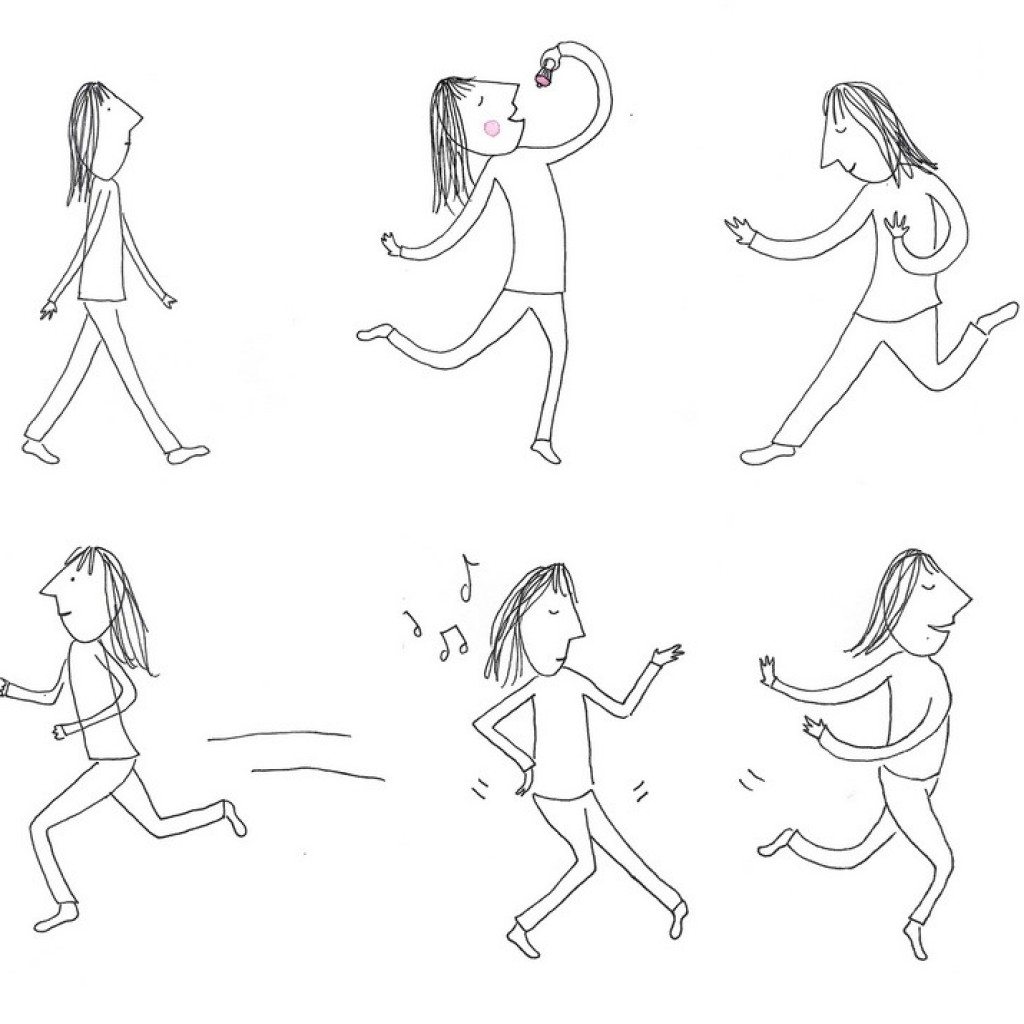
1. Human Figures in Action
Human figures engaged in various activities offer an excellent opportunity to capture movement in your drawings. Whether it’s athletes in motion, dancers performing intricate routines, or everyday people going about their activities, human figures provide a wealth of dynamic poses and gestures to explore.
2. Animals in Motion
Animals, particularly those known for their agility and grace, are excellent subjects for depicting movement in drawings. Consider capturing the fluid movements of a running horse, the graceful leaps of a bounding deer, or the agile acrobatics of a flying bird. Observing animals in their natural habitats can provide valuable insights into their movements and behaviours.
3. Sports and Action Scenes
Sports and action scenes offer endless possibilities for showcasing movement in drawings. Whether it’s a thrilling soccer match, a high-speed car race, or an intense martial arts bout, sports provide dynamic poses and gestures that convey energy and excitement. Experiment with capturing the intensity and athleticism of athletes in motion.
4. Dance and Performance Art
Dance and performance art offer a rich tapestry of movements and expressions to explore in drawings. From the fluid movements of ballet dancers to the rhythmic beats of hip-hop performers, dance provides a diverse range of poses and gestures that convey emotion and rhythm. Consider attending live performances or studying dance videos to capture the essence of movement in your drawings.
5. Nature and Landscapes in Motion
Nature provides ample inspiration for depicting movement in drawings, from the swaying of trees in the wind to the rush of water in a flowing river. Consider capturing the dynamic interplay of elements such as wind, water, and sunlight in your landscape drawings. Experiment with techniques such as hatching and cross-hatching to convey texture and movement in natural scenes.
6. Urban Life and Street Scenes
Urban environments bustling with activity offer a wealth of subjects for depicting movement in drawings. Consider capturing the hustle and bustle of city streets, the comings and goings of commuters, and the dynamic interactions between people and their surroundings. Pay attention to details such as body language, facial expressions, and gestures to convey the energy of urban life.
7. Transportation and Vehicles in Motion
Vehicles in motion, such as cars, trains, planes, and bicycles, provide excellent opportunities for depicting movement in drawings. Experiment with capturing the sleek lines and dynamic shapes of vehicles in motion, as well as the sense of speed and momentum they convey. Consider studying reference images or observing vehicles in motion to capture their essence accurately.
8. Dynamic Poses and Gestures
Dynamic poses and gestures can be found in everyday life and provide excellent opportunities for depicting movement in your drawings. Experiment with capturing the fluidity of a dancer’s movements, the agility of an athlete in action, or the expressive gestures of a speaker. Pay attention to the flow of lines and curves in the body to convey a sense of rhythm and energy.
9. Fantasy and Mythological Creatures
Fantasy and mythological creatures offer endless possibilities for exploring movement in drawings. Whether it’s the graceful flight of a dragon, the fierce battle of mythical warriors, or the ethereal dance of forest spirits, fantasy subjects provide ample opportunities to experiment with dynamic poses and gestures. Let your imagination run wild and create captivating scenes filled with movement and action.
10. Abstract and Expressive Forms
Abstract and expressive forms can also be used to convey movement in drawings. Experiment with bold brushstrokes, swirling patterns, and dynamic compositions to create a sense of motion and energy on the page. Explore the interplay of colour, shape, and texture to evoke a feeling of movement and rhythm in your artwork.
Selecting the right subjects is essential for effectively capturing movement in your drawings. Whether it’s human figures in action, animals in motion, sports and action scenes, or dynamic poses and gestures, choosing subjects that convey energy and vitality will help bring your drawings to life.
Experiment with a variety of subjects and techniques to explore the diverse ways movement can be depicted in your artwork.
Enhancing Artistic Skills through Sketching People and Animals
Sketching people and animals is an invaluable practice for artists aiming to improve their ability to capture movement. This dynamic exercise hones your skills in a multitude of ways, from increasing your observational prowess to refining your technique.
Benefits of Sketching People and Animals:
- Immediate Observation: Whether in a bustling park or visiting your local zoo, sketching live subjects compels you to draw quickly. This speed requirement enhances your ability to translate movement into confident lines and contours.
- Diverse Anatomy Studies: Engaging with different body types and species expands your understanding of anatomy, much like studying human form. Delving into animal anatomy, perhaps through resources like Ellenberger’s An Atlas of Animal Anatomy for Artists, can provide foundational knowledge that deepens your depictions.
- Capturing Energy and Life: Quick sketches enable you to encapsulate the essence and energy of your subjects. This practice instills an intuitive approach to suggesting movement and liveliness, allowing for refinement at a later stage.
Tips for Sketching Success
- Stay Prepared: Carry a sketchbook and pencil at all times. Opportunities for spontaneous sketching can arise anytime, offering a chance to perfect your ability to capture movement swiftly.
- Supplement with Photos: While live sketching is ideal, snapping a photo allows you to go back and add details that time might not permit initially.
- Confidence Over Perfection: Focus on bold and assured strokes. The goal isn’t to achieve perfection right away but to develop a visceral understanding of motion through practice.
By integrating these practices into your routine, you’ll gradually find that your artistry gains a fluidity and authenticity, bringing your drawings vividly to life.
The Wrap Up
Mastering movement in drawings is crucial for artists. Techniques like gesture drawing, dynamic poses, foreshortening, and dynamic composition help convey motion. Regular practice is essential to capture fluidity. Play with poses, angles, and visual effects to enhance depth and energy in your art. Experiment with lighting and colour to add vitality. With practice, artists can create engaging and dynamic artwork that captivates viewers.
Frequently Asked Questions
1. What is gesture drawing, and why is it crucial for creating movement in your drawings?
Gesture drawing involves capturing the essence of movement in a subject through quick, loose strokes. It’s vital for creating movement because it helps artists understand the flow and rhythm of the subject’s motion. Gesture drawing adds dynamism and energy to drawings, making them more lively and engaging.
2. How can you improve your gesture drawing skills?
Practice is key to improving gesture drawing skills. Start by observing real-life movements and sketching them quickly to capture their essence. Use reference photos if needed. Experiment with different drawing tools and techniques to find what works best for you. Regular practice and observation of movement will help refine your skills over time.
3. What is foreshortening, and how can it be used to create depth and perspective in drawings?
Foreshortening is a technique used to create the illusion of depth and perspective by depicting objects or figures as they appear from a skewed or angled viewpoint. It’s essential for creating movement in drawings because it adds dimensionality. To use foreshortening effectively, study how objects appear from different angles and experiment with distorting proportions to convey depth and perspective.
4. How can you incorporate dynamic poses and gestures into your drawings?
Dynamic poses and gestures are essential for conveying movement in your drawings. Study real-life movements and observe how the body responds to various actions. Experiment with different poses and gestures to capture the energy and rhythm of the subject’s motion. Exaggerate movements if necessary to enhance the sense of dynamism in your drawings.
5. What role does composition play in creating movement in your drawings?
Composition plays a significant role in creating movement by guiding the viewer’s eye through the artwork. Use dynamic compositions with diagonal lines, curves, and asymmetrical arrangements to suggest movement and energy. Pay attention to the placement of the subject within the frame and consider how negative space can enhance the sense of motion.
6. How can visual effects be used to enhance the sense of movement in your drawings?
Visual effects such as blurring, smudging, or hatching can suggest movement and action in drawings. Experiment with different techniques to create the illusion of motion, such as using lines to convey speed or direction. Pay attention to the play of light and shadow to add depth and dimensionality to your drawings, enhancing the sense of movement.
7. What are some common mistakes to avoid when trying to create movement in your drawings?
One common mistake is focusing too much on details at the expense of capturing the overall movement and energy of the subject. Avoid stiff, static poses and instead opt for dynamic gestures and poses that convey action and vitality. Be mindful of proportions and anatomy, ensuring that the body’s movements look natural and fluid.
By understanding these strategies, artists can effectively create movement in their drawings and bring their artwork to life.




















